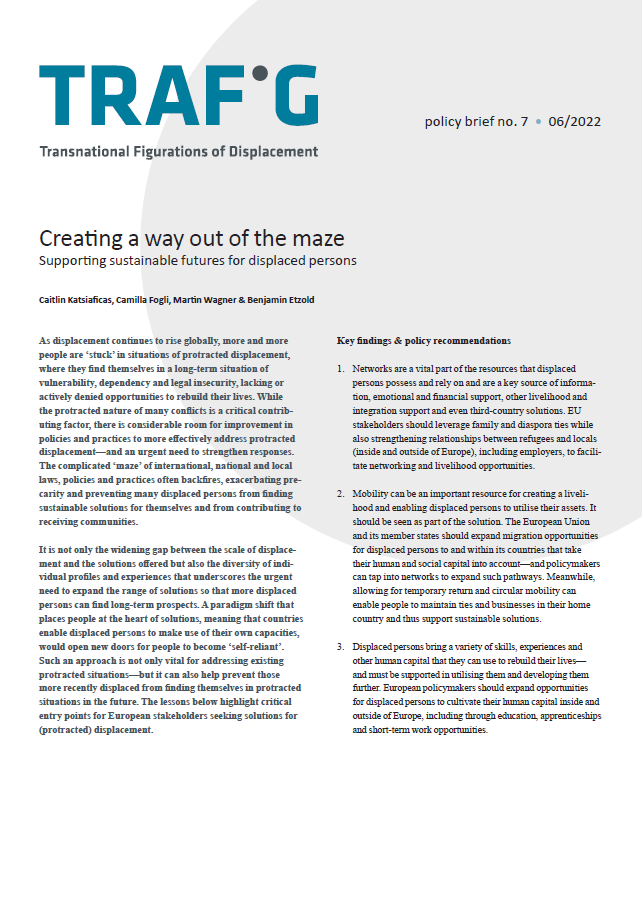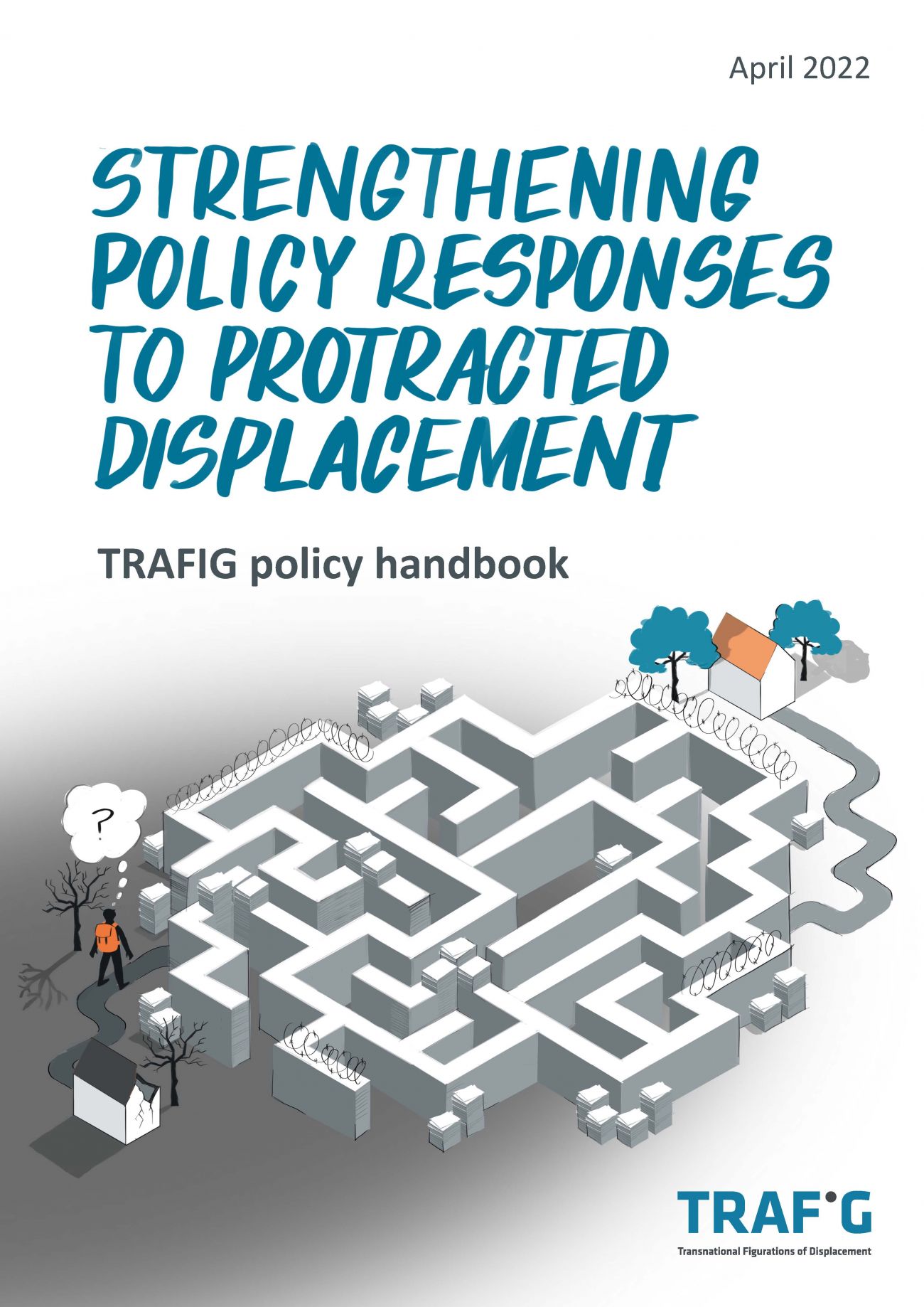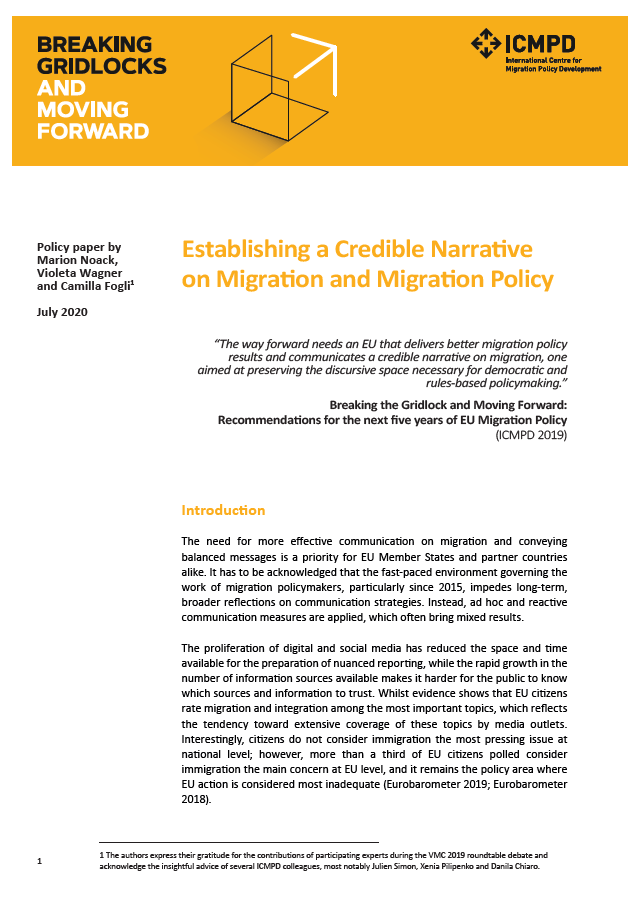As displacement continues to rise globally, more and more people are ‘stuck’ in situations of protracted displacement, where they find themselves in a long-term situation of vulnerability, dependency and legal insecurity, lacking or actively denied opportunities to rebuild their lives. While the protracted nature of many conflicts is a critical contributing factor, there is considerable room for improvement in policies and practices to more effectively address protracted displacement—and an urgent need to strengthen responses. The complicated ‘maze’ of international, national and local laws, policies and practices often backfires, exacerbating precarity and preventing many displaced persons from finding sustainable solutions for themselves and from contributing to receiving communities.
It is not only the widening gap between the scale of displacement and the solutions offered but also the diversity of individual profiles and experiences that underscores the urgent need to expand the range of solutions so that more displaced persons can find long-term prospects. A paradigm shift that places people at the heart of solutions, meaning that countries enable displaced persons to make use of their own capacities, would open new doors for people to become ‘self-reliant’. Such an approach is not only vital for addressing existing protracted situations—but it can also help prevent those more recently displaced from finding themselves in protracted situations in the future. This policy brief highlights entry points for European stakeholders seeking solutions for (protracted) displacement.





